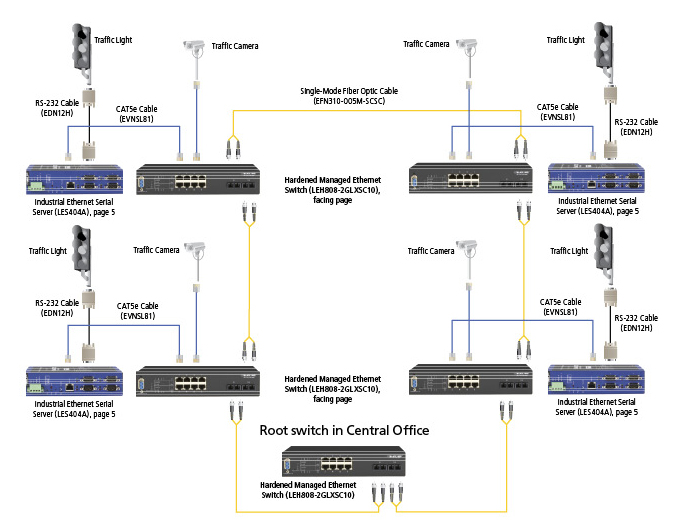Webinar by BlackBox about the benefits of VoIP for small and mid-size businesses
Voice over IP (VoIP) means using your Local Area Network (LAN) to make phone calls. VoIP technology delivers telephone calls and other voice communications over the Internet by converting analog voice signals to digital signals.Switching from an analog voice system to VoIP saves money, gives your organization more bandwidth, enables mobility, and offers you easy integration with on-line applications.
Along with some VoIP basics, we’ll take a look at the newest voice communications products on the market to help SMBs migrate to VoIP easily and affordably, including SIP phones and hybrid PBX VoIP gateways.
Five reasons to switch to a PBX VoIP gateway for deploying VoIP:
- It’s much easier to install and configure than a traditional phone system.
- The Web-based interface makes it much easier to manage.
- You get significant cost savings using VoIP providers.
- It’s a scalable system that makes roaming easy and cost-effective.
- SIP phones are easier to use, whether person-to-person calling, conferencing, or using voice mail.
ผู้หญิง

 (By
(By